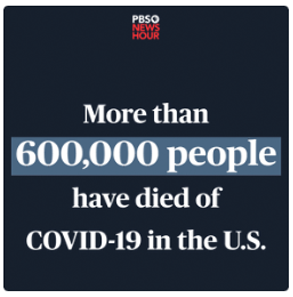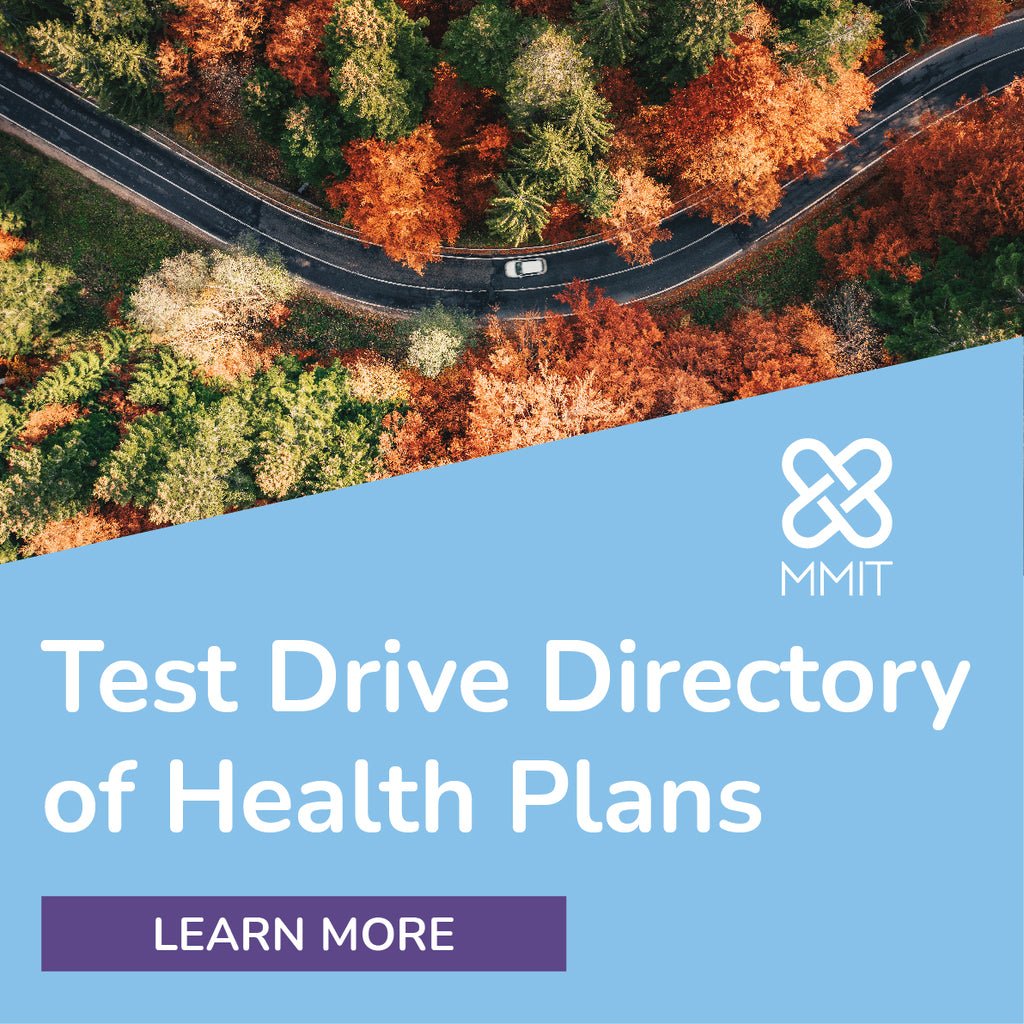Radar on Drug Benefits
-
Study Suggests Spread Pricing Ban on PBMs Alone May Have Little Impact
Although PBMs are taking increasing heat for spread pricing — or charging payers more for a drug than pharmacies are reimbursed — they aren’t the only players in the drug supply chain that engage in the practice, a new study points out. And one of the study’s authors says its findings suggest that patients may be better off if generic drugs are simply removed from insurance coverage entirely.
The study, published in JAMA Health Forum on Oct. 20, examined data associated with 45 high-utilization Medicare Part D-covered generic drugs.
“Spread pricing is more of an issue for generic drug pricing than for branded drug pricing,” explains Ge Bai, Ph.D., one of the study's authors and a professor at Johns Hopkins University’s schools of business and public health.

-
BCBS of Michigan’s Opioid Prescribing Limits Show Promising Results
After Blue Cross Blue Shield of Michigan implemented a five-day opioid prescribing limit in 2018, members who underwent general surgeries were prescribed and filled fewer prescriptions and had similar patient-reported outcomes compared with enrollees who had procedures before the program was initiated, according to a study published in JAMA Health Forum on Oct. 13.
James Grant, M.D., BCBS of Michigan’s chief medical officer, tells AIS Health, a division of MMIT, that the results show payers can steer people away from potentially addictive opioids without having a negative impact on their pain management.

-
Star Ratings Plummet in 2024 for Stand-Alone Medicare Prescription Drug Plans
Only 2% of Medicare beneficiaries who enrolled in a stand-alone Prescription Drug Plan (PDP) in 2024 will be in contracts with 4 or more stars, compared to 42% in the 2022 plan year and 9% in 2023, according to CMS’s recently released estimates. The average Star Rating for PDPs dropped to 3.11 in 2024 from 3.70 in 2022, with two contracts receiving 1.5 stars.
The distribution change is largely fueled by methodology changes in how many of the Star Ratings are calculated. Known as Tukey outlier deletion, the changes center on removing outlier contract scores when determining the cut points for all non-Consumer Assessment of Healthcare Providers and Systems measures.

-
News Briefs: Amazon to Deliver Prescriptions With Drones
Amazon.com Inc. will deliver prescriptions via drone in College Station, Texas, the e-commerce giant said on Oct. 18. The online retailer said it will fill and deliver prescriptions for Amazon Pharmacy customers via drone in “60 minutes or less,” and that more than 500 medications can be delivered using the service. An Amazon press release claims that “Amazon’s drones have safely delivered hundreds of household items in College Station since December 2022.” Intermountain Health, the Utah-based integrated health system, has delivered prescriptions by drone since 2021 in the Salt Lake City area, the Associated Press reports.
Elevance Health Inc.’s CarelonRx PBM will add two of Boehringer Ingelheim’s Humira (adalimumab) biosimilars to some of its formularies starting Dec. 1, the firm said on Oct. 19. The move will put those drugs “at parity with Humira,” per a press release. The lower-list-price version of adalimumab-adbm will be added to all CarelonRx’s commercial formularies, while Boehringer’s Cyltezo will be added to “select” commercial formularies, the press release added.

-
UCare: Transparent Model Was ‘Table Stakes’ When Picking New PBM
In what is only the latest sign that PBM clients are growing increasingly disillusioned with the status quo, Minnesota-based insurer UCare recently chose Navitus Health Solutions, LLC as its new PBM partner — ending a relationship with The Cigna Group’s Express Scripts that had been in place since 2010.
“I think that there is a growing desire amongst employer groups and health plans to look at alternative options besides what we consider to be the big PBMs,” Patrick Mitsch, vice president of pharmacy at UCare, tells AIS Health, a division of MMIT. “There’s different value propositions that a PBM like Navitus can bring to the market that the Big Three just can’t,” he adds, referring to Express Scripts, CVS Health Group’s Caremark, and UnitedHealth Group’s Optum Rx, which control roughly 80% of the pharmacy benefits market.












